The top spots in the UK for forest bathing revealed
A new list of 17 top spots in the UK for forest bathing helps you to lower stress levels, improve your concentration and other remarkable health benefits
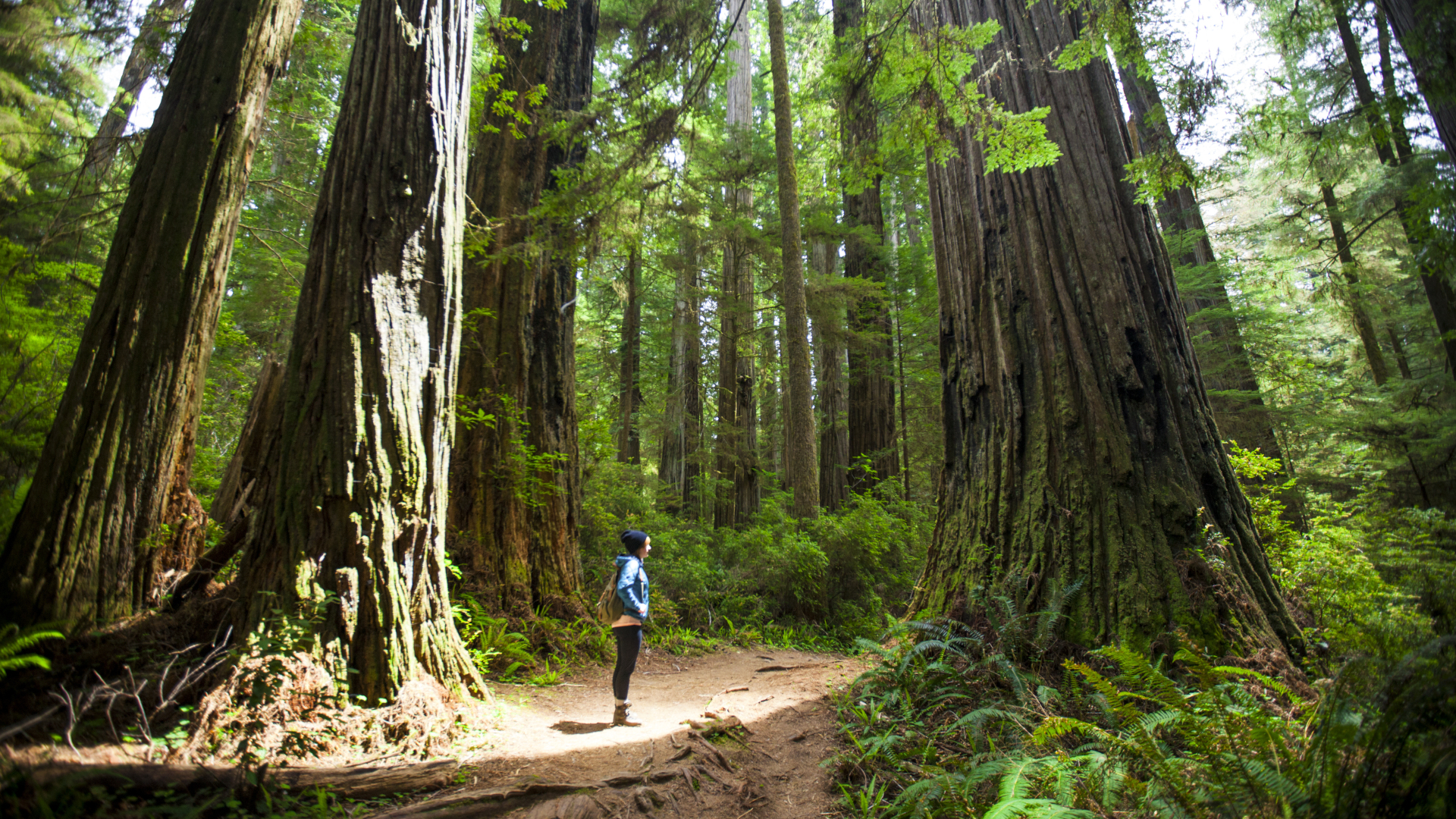
Forest bathing, or Shinrin-yoku, is a fast-growing form of ecotherapy that has people flocking to the outdoors seeking to a wide array of reported physical and mental health benefits. In theory, it sounds easy – get out into a forest, slow down and reap the benefits of being amongst the trees, such as reduced blood pressure and stress levels and improved concentration and immunity. But where do you actually do it? In the US, about one third of the country is forested according to the Forest Service, so in many areas, you're never too far from a stand of trees, but in the UK, you might have to work a little harder. Just 13% of the UK land is forested, according to Forest Research (though that number is a little higher in Scotland), but that doesn’t mean that there aren’t some fantastic forests where you can come back to earth.
To help you, Lexus recently selected some of the UK’s best locations for forest bathing so you can get started with this popular relaxation method. These locations are dotted around the four nations, making it easier for you to find one nearby, and they provide excellent opportunities for forest bathing as well as nature journaling, bird watching, and of course good old hiking and trail running. Turn off your smartphone, get your best hiking boots on, pack up your compass and camping blanket and head out to one of these top spots for forest bathing.
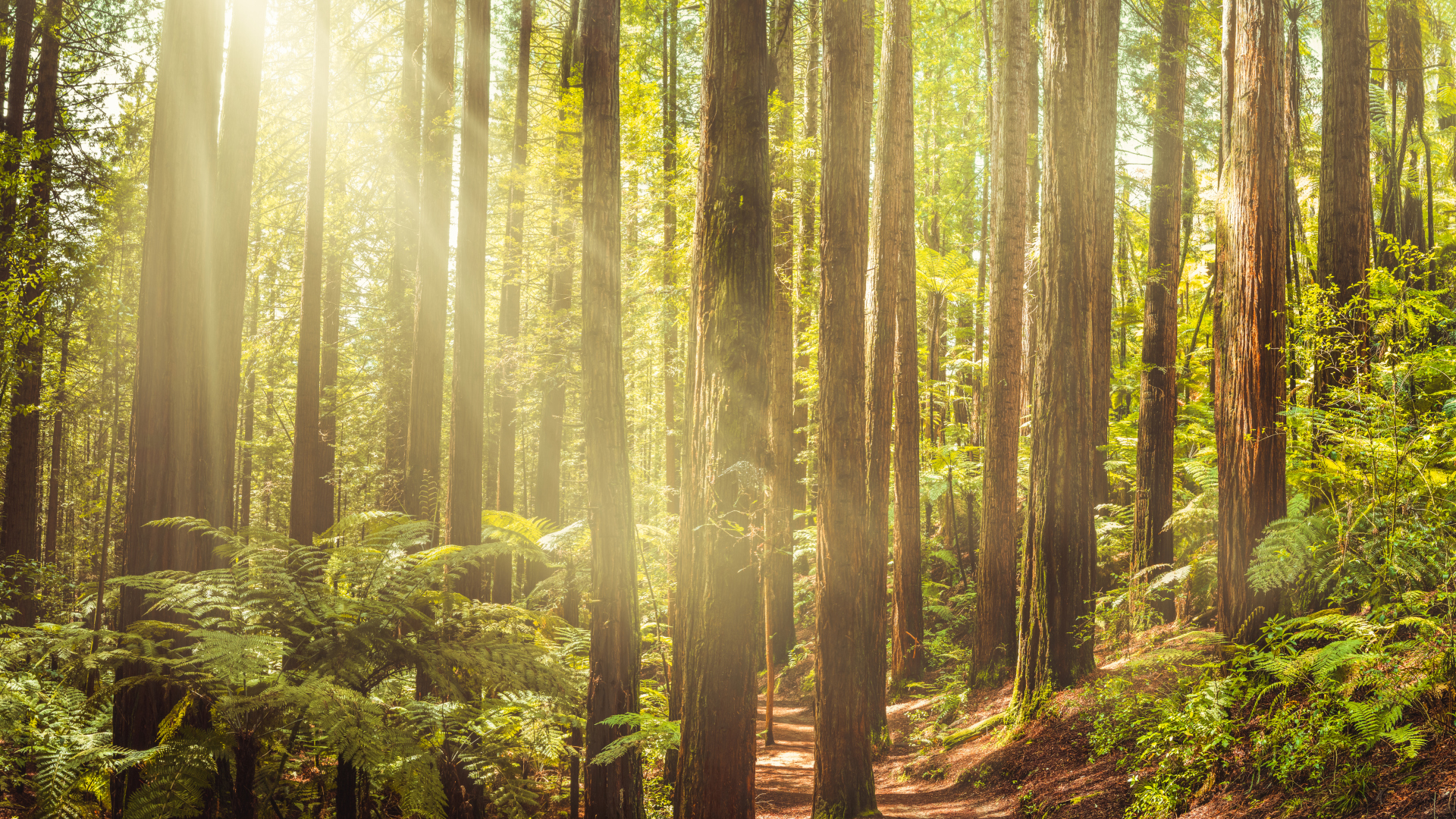
Woodend Forest, Hampshire
Woodend Forest is one of the few remaining fragments that make up the ancient Forest of Bere. There are several shaded paths meandering through the woods that provide an excellent spot for walking and exploring, or you can relax among the trees and listen to the birds and watch insects in their natural habitats.
Micheldever Forest, Hampshire
Also in Hampshire, Micheldever Forest is mainly beech wood with some areas of Conifer. The woods are home to a diverse range of wildlife such as Muntjac deer and a growing butterfly and wildflower population. There are several shaded paths meandering through the woods that provide an excellent spot for walking and exploring, or you can relax among the trees and soak up the forest atmosphere.
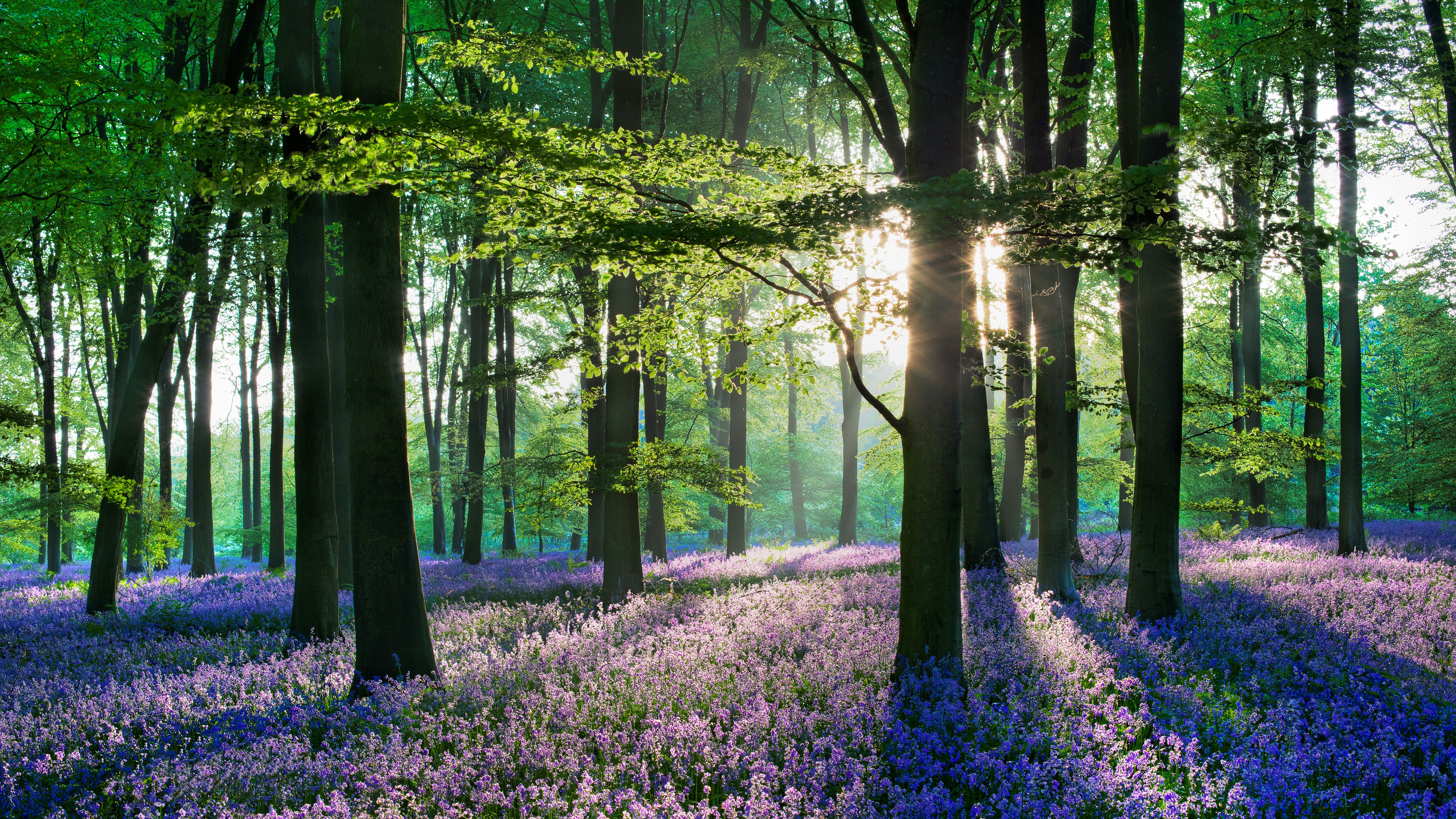
Bernwood Forest, Buckinghamshire
Bernwood Forest is a small, tranquil forest located on the outskirts of Oxford that is home to around 40 species of butterflies as well as rich woodland. Its butterfly trail is somewhere you can lose yourself in peace and quiet.
Rendlesham Forest, Suffolk
Rendlesham Forest is in an Area of Outstanding Natural Beauty and covers about 5.8 square miles of coniferous plantations with broadleaved belts, heathland, and wetland areas. Most of the forest is planted with pine trees, so there is a fresh scent to enjoy as you immerse yourself in the surroundings.
Westonbirt, The National Arboretum, Gloucestershire
Westonbirt, The National Arboretum, is a peaceful woodland known for its spectacular autumn colour display. It has one of the finest collections of temperate trees and shrubs in the world and is home to 2,500 different species of trees and around 15,000 individual specimens. It is the perfect place to escape and relax among the trees.
All the latest inspiration, tips and guides to help you plan your next Advnture!
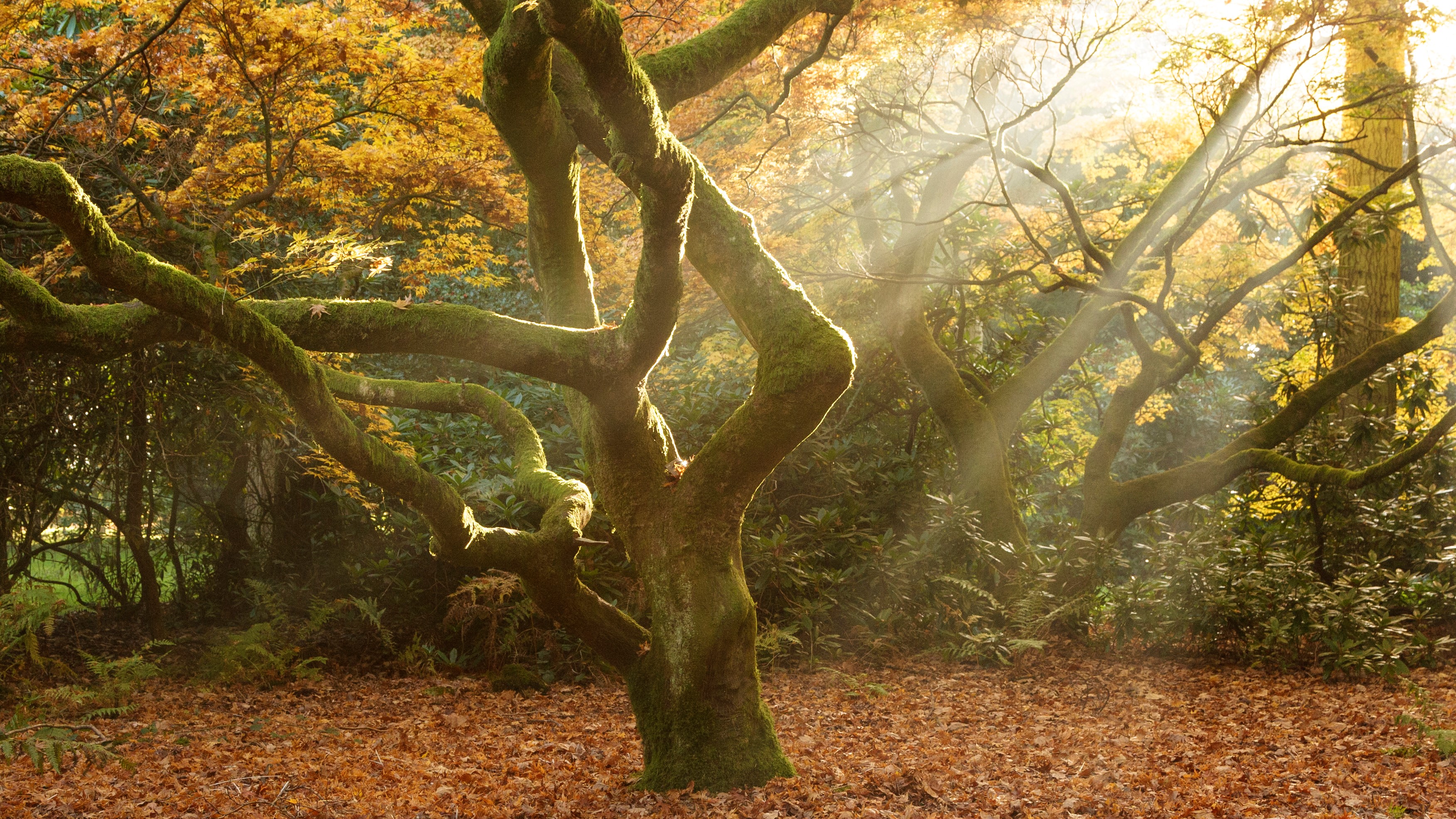
Bedgebury National Pinetum, Kent
Bedgebury National Pinetum is a recreational and conservational arboretum managed by Forestry England. It is home to a world-leading collection of conifers and contains more than 12,000 specimen trees growing across 320 acres including 56 vulnerable or critically endangered species. It also houses five National Plant Collections. The trees and landscape create a beautiful setting for peaceful walks and picnics in the High Weald Area of Outstanding Natural Beauty.
Wyre Forest, Worcestershire
Wyre Forest is the largest woodland National Nature Reserve in the UK and covers more than 10 square miles along the border between Worcestershire and Shropshire. It is home to numerous bird species and insects such as the rare and colourful moth Oecophora bractella, Visitors can enjoy woodland walks and trails among beautiful ancient oaks and fir trees.
Grizedale Forest, Lake District
Grizedale Forest is the most ecologically significant oak woodland in England, consisting of 10 square miles of woodland. It features several hills, small tarns and the villages of Grizedale and Satterthwaite. Within the forest there are around 50 sculptures made from natural materials such as stone and wood – perfect locations to take a moment to reflect and enjoy the landscape.
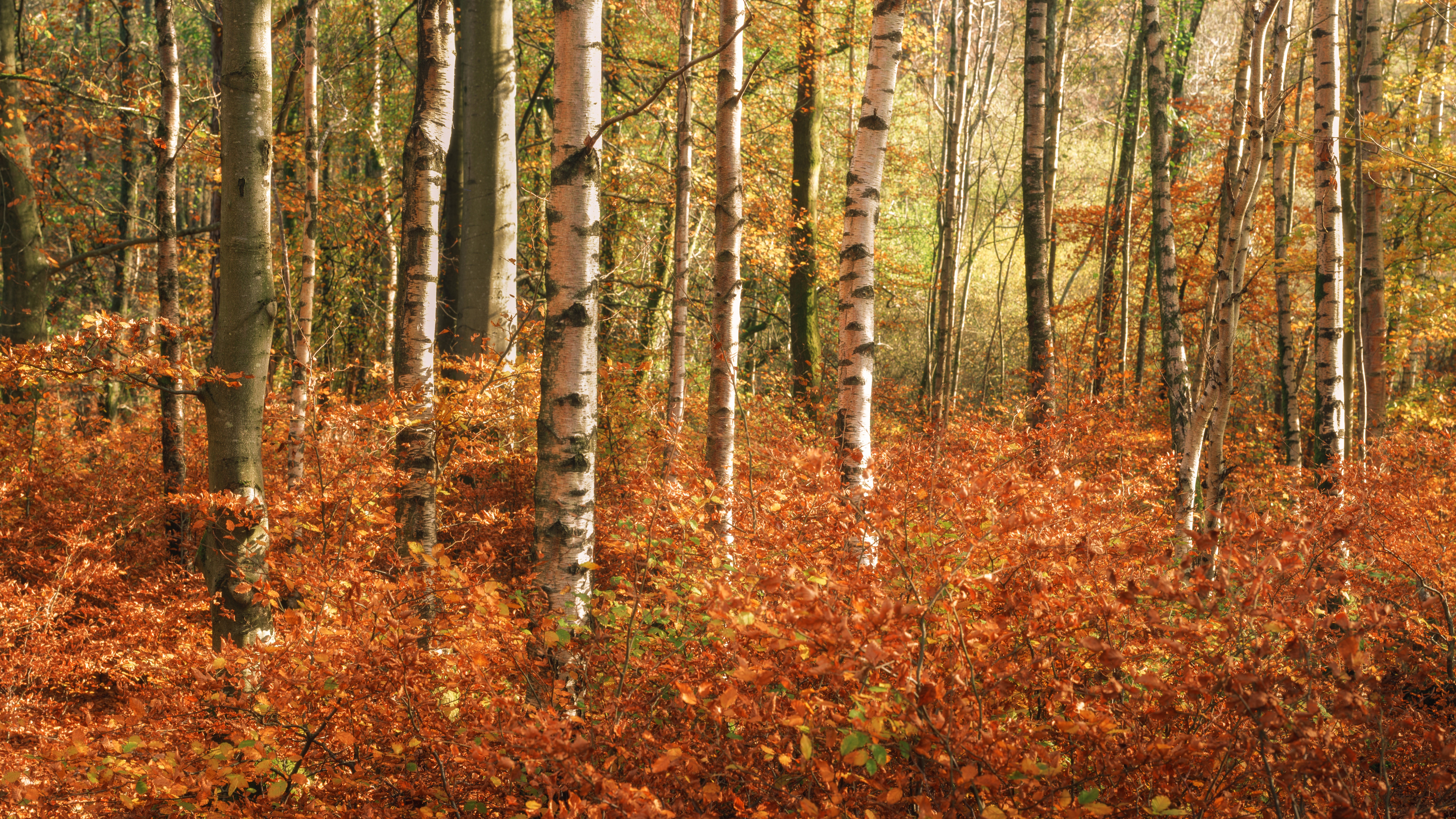
Fingle Woods, Devon
Fingle Woods is an ancient woodland in the Teign Valley on the northern fringes of Dartmoor National Park in Devon. The area has eight different woods full of fragrant evergreen trees where you can take in the forest scents and listen to birdsong and the bubbling waters of the River Teign.
Shere Woodland, Surrey
Shere Woodland is a picturesque and tranquil area of unspoilt mixed woodland and grassland, and is home to many different birds, butterflies, and dragonflies. There are numerous trails, including the North Downs Way. The woodland is renowned for its views of the Surrey Hills across the Tillingbourne Valley and beyond to the Greensand Ridge. The peace and solitude helps visitors connect with nature and unwind.
National Trust Longshaw Estate, Derbyshire
Longshaw Estate is an area of moorland, woodland and farmland located within the Peak District National Park and known for its spectacular views. It is also home to red deer, rare pied flycatchers, ancient oak trees and mosses and ferns that cling to rocky waterfalls and springs. You can immerse yourself in the sounds of the trickling water and birds.
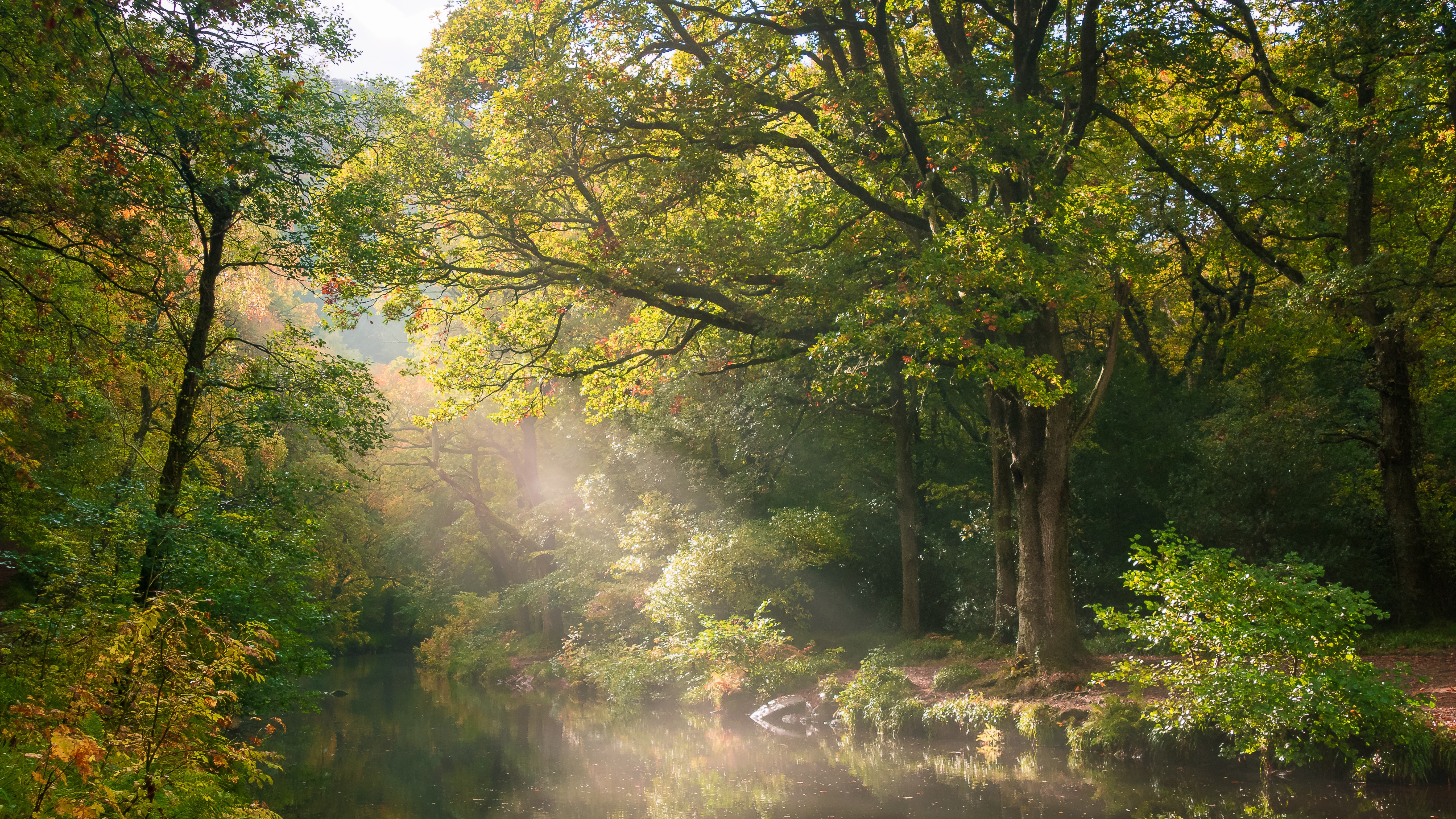
Kielder Field, Northumberland
Kielder Field is England’s largest man-made woodland at 250 square miles and contains northern Europe’s largest man-made lake. With little human population and few roads and railways, this conifer woodland provides a perfect habitat for red squirrels. It is home to around 50 per cent of England’s red squirrel population. Numerous art and architectural installations can be discovered as you walk through the forest.
Dalby Forest, Yorkshire
Dalby Forest is an ideal place to escape and relax in the heart of the North York Moors National Park. Across its 12 square miles, there are breath-taking views, with more than a dozen trails for running, cycling and walking. Sculptures can also be found throughout the forest. Dalby Forest is a designated Dark Sky Discovery Site, perfect for star-gazing.
Wareham Forest, Dorset
Wareham Forest is located near to Morden Bog National Nature Reserve and is an ideal place to reconnect with nature. Throughout the forest there are tracks through ancient landscapes where you can let go of the busy outside world and relax in the tranquil natural environment.
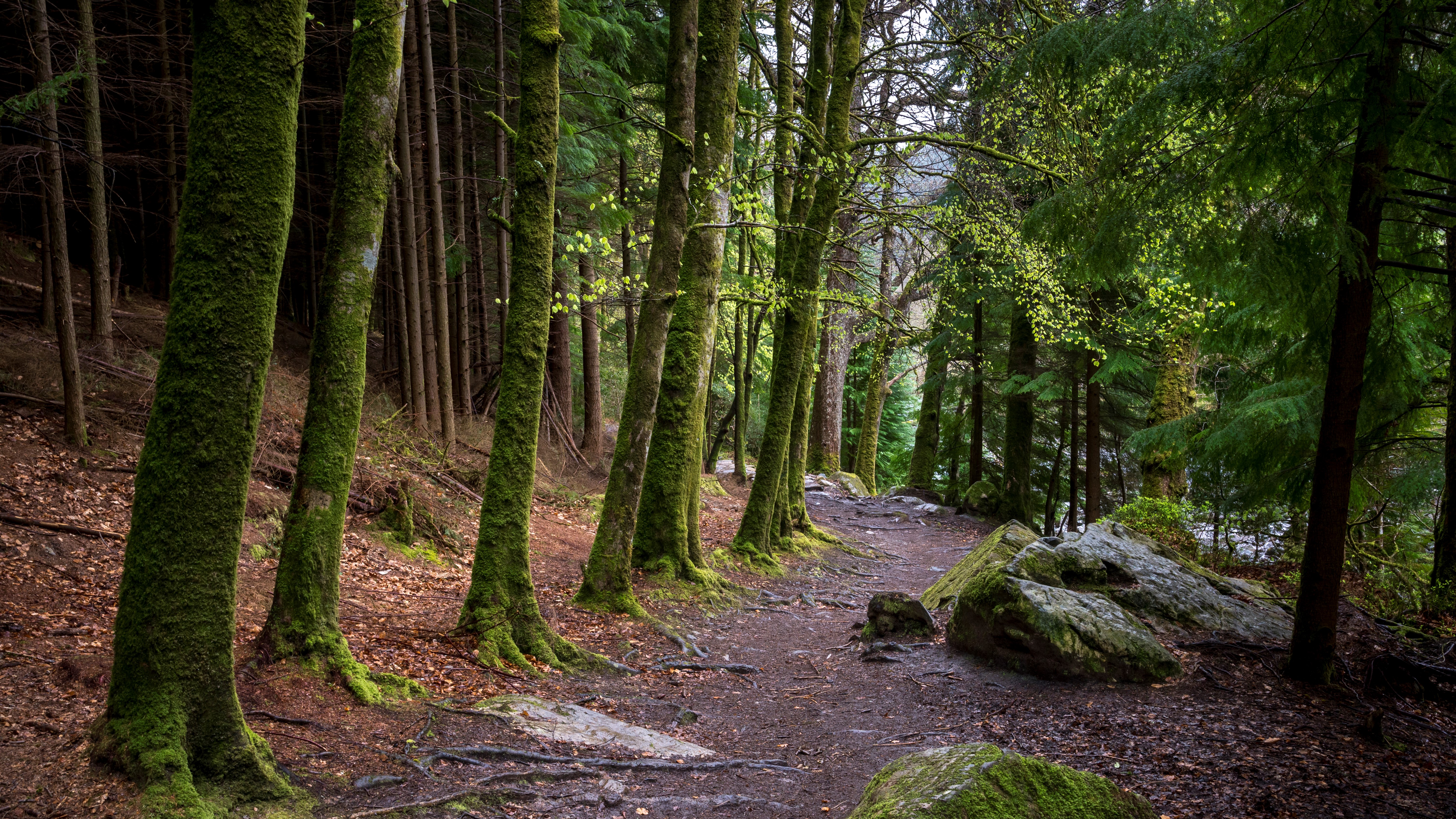
Gwydir Forest Park, Wales
Gwydir forest in the heart of Snowdonia is full of lakes and mountains. It has a rich wildlife population and visitors can follow its many tracks, old miners’ paths, cycle trails and forest walks. Piles of rock waste on the sites of former mines have created habitats for rare plants, resulting in the designation of part of the forest as a Site of Special Scientific Interest (SSSI).
Galloway Forest Park, Scotland
Galloway Forest Park allows you to get up close to red deer and wild goats. The dense woodland allows visitors to get lost in nature and enjoy being close to wildlife and breathing fresh air. It also received Dark Sky Park status in 2009 and is renowned for stargazing. With so many natural sights and sounds to take in, it’s easy to fall into a mindful state and feel calm, supported and connected.
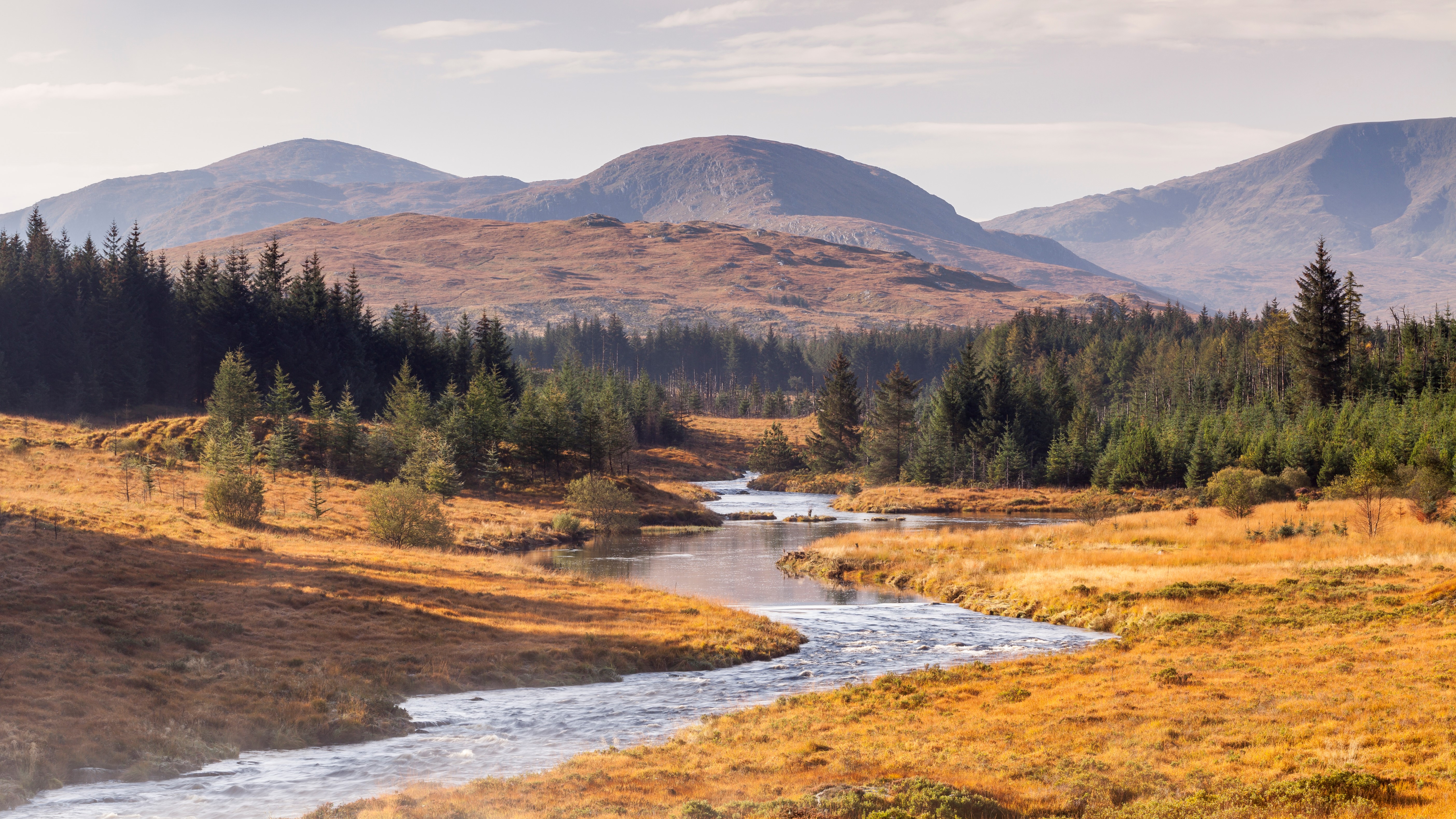
Minnowburn, Northern Ireland
Minnowburn, owned by the National Trust, is just four miles from Belfast city centre. Here, you can walk through the meadows and woodlands to the Lagan river, looking out for sculptures and natural artworks along the path, or relaxing on the wooden beds that have been positioned in areas to take in the best of the seasonal views.
Forest bathing tips
If you’re new to forest bathing, check out these tips from mindfulness teacher and coach, Christoph Spiessens, for a successful first venture:
- Set an intention for your forest visit. It can be as simple as “my intention is to be as fully present as possible” or “I intend not to look at my phone for the duration of my trip” or “I am open to discovering new sounds and smells.”
- If you are going with friends or family, it’s all right to let them know you’d like to take some quiet moments to yourself and then encourage them to do the same.
- Consider regularly taking a few deeper, mindful breaths, especially when enjoying the majesty of an ancient tree or the warmth of the sunshine.
- Aim to use your senses consciously: What can you see when you look closely at the bark of a tree? What does the ground under your feet feel like? Can you smell the rain? Hear any animals? Taste the chestnut as if for the first time. What have you never noticed until now?
- Practise some gentle mindful stretches: Feet firmly on the ground, hip-width apart. Can you float your arms up to shoulder level, then towards the sky? Notice the subtle stretch in your body and the keenness from your mind to drop your arms again quickly. And does this perhaps reveal a tendency to rush in other areas of your life too? Can you lower them mindfully, noticing subtle sensations, as if in harmony with the leaves falling gently?
- Be creative and intentional and remember that every forest visit is a unique experience, filled with boundless opportunities to notice new things.
Julia Clarke is a staff writer for Advnture.com and the author of the book Restorative Yoga for Beginners. She loves to explore mountains on foot, bike, skis and belay and then recover on the the yoga mat. Julia graduated with a degree in journalism in 2004 and spent eight years working as a radio presenter in Kansas City, Vermont, Boston and New York City before discovering the joys of the Rocky Mountains. She then detoured west to Colorado and enjoyed 11 years teaching yoga in Vail before returning to her hometown of Glasgow, Scotland in 2020 to focus on family and writing.

